With a Bank Holiday just around the corner, you’re probably getting ready to enjoy a special few days in your motorhome.
It’s around this time each year when we see a sudden rise in motorhome customer insurance claims. In fact, after researching claim patterns we found our customers are 28% more likely to make claims over Easter and on Bank Holiday weekends than other times of the year.
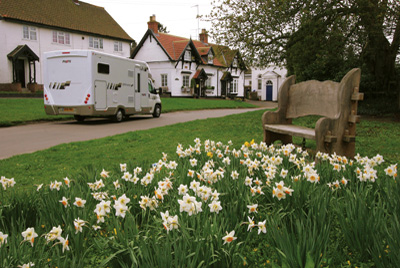
Trends in claims suggest that tyres, loading issues, reversing and theft cause the most problems – but many could be avoided with extra care and a few regular checks.
Let’s take a look at these areas in detail…
#1 Check tyre pressures, condition and age
We have seen a steady rise in motorhome tyre related claims in recent years, most notably in 2012 when claims were up 38% largely as a result of tyre blowouts. Even though problems with tyres are common this time of year, they can be prevented by checking pressures and the general condition and age of your tyres.
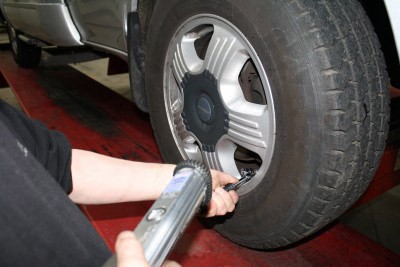
Follow the four simple steps in the maintaining your motorhome tyres guide for more information. You could also consider fitting an electronic tyre pressure monitor system.
#2 Take care when loading
If weight is distributed unevenly when loading a motorhome, you may find that handling, stopping distances, stability and overall performance are affected.
There are a number of key weights to consider when loading: the Maximum Technically Permissable Laden Mass (MTPLM), Mass in Running Order (MIRO) and Payload.
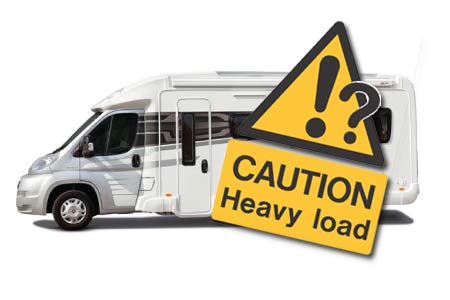
If you want to brush up on your loading knowledge, check out our guide on how to calculate motorhome weight limits and our video on safely loading your motorhome.
#3 Reverse like a pro
Without a reversing camera or sensors motorhomes can sometimes be difficult to manoeuvre. This could suggest why claims where motorhomes have reversed into stationary objects such as walls, trees, driveposts, garages and parked vehicles are increasingly common.
Research has shown that fitting a parking sensor or rearview camera can reduce the likelihood that you’ll have to make an accidental damage claim – they can also save you money on motorhome insurance.
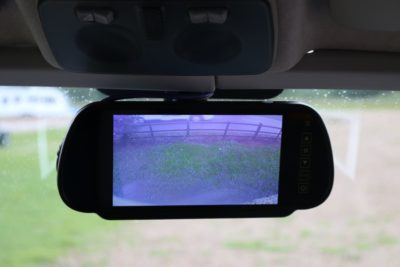
There’s more information on the benefits of motorhome reversing aids in this handy guide, plus we have a gear guide on motorhome reversing cameras.
And don’t forget to check out our top motorhome reversing tips video.
#4 Preventing theft whilst on campsites
Although campsites may seem safe there’s always a small chance that your motorhome could be targeted by thieves.
Small things like not leaving the keys in the ignition when away from the driver’s seat and making sure valuable items are out of sight can really make a difference. Also you could invest in extra security such as an alarm to scare off thieves before they grab your valuables.
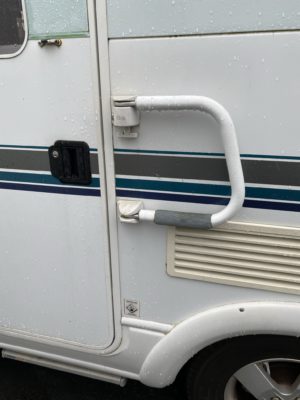
Take a look at our guide on how to keep the contents of your motorhome safe from theft and tips on staying safe on site.
#5 Download a pre-journey checklist
Download and print your own motorhome pre-journey checklist before embarking on a trip this Bank Holiday.



Nik Walker is correct about the tyre pressure situation. I am a new by to Motor Homes and the one thing I am confused about is the tyre pressures. On the door pillar it says 72 psi all round on the tyre it says maximum working pressure 65 psi and I was told by the supplier put 10 psi less in the tyres than listed. I am currently running at 55 psi not to be to close to the max recommended tyre pressure. Who is right.
Hi Peter,
There’s a complete guide to caravan tyre safety on the Tyre Safe website. Click here to download a safety leaflet which includes information on pressure guidelines and inflation levels.
Thanks
Lucie
The problem with this is that the Fiat Ducato handbook is generic to all uses of their base chassis – anything from a white-van-man carrying light goods to a 4+ tonne motorhome, coupled with the fact that Continental state that their tyre is good “up to 5 bar of pressure” (see http://www.continental-tyres.co.uk/www/tyres_uk_en/themes/van-tyres/standard-van-tyres/vancocamper/vancocamper/vancocamper.html). The Autotrail manual refers you to the Fiat manual despite fitting Conti tyres as original equipment. Follow Fiat and you are exceeding the tyres’ nominal rating!
Hi Nik,
I passed your query from this morning to Terry Acreman who writes for MMM Magazine and various other titles. Terry advises that:
This is a regular query for MMM. Auto-Trail are one of the few that state a tyre pressure on their website as well as having an excellent Technical link on the website. The base vehicle manufacturer has little control over the conversion of the van or chassis cab so they will be very conservative in information.
As for the tyres, the maximum pressure moulded into the sidewall is for the US market only (not Europe) the correct procedure is for the owner to take the motorhome in touring/holiday trim (partner/clothing/food/water/fuel etc) to the local weighbridge (location can be found in Yellow Pages or on Yell.com) and weigh the complete vehicle, then again with only the rear axle. From these two readings you can see that he is not overloading the motorhome (or any axle) from the Fiat plate under the bonnet.
Then contact Continental with the two readings (email [email protected] or call 01788-566240 and they will be able to give you recommended tyre pressures based on given information specific to his motorhome.
I hope this is helpful to you.
Keep us all posted.
Thanks
Lucie
Caravan Guard
Autosleepers – have a Nuevo. Recommends 79 psi and the book that comes with the van says you should use the recommended tyre pressures. My tyres say 69 psi. Does this mean wrong tyres fitted, everyone you ask says they have never heard of such a high psi.
I’m told that tyre pressures are found in the manufacturer handbook in which the chassis manufacturer states what the pressure should be for that particular model. The handbook may give various different pressures depending on loading weight so pay attention to that too.
I hope this is of some use to everyone.
Thanks
Lucie
Would it be possible to see a published reply about tyre pressures recommended by manufacturer of camper vans and also tyre manufacturers? No one seems to have an answer.
Hi Jill,
I’m currently waiting to hear back from a couple of sources to get the most up-to-date advice and information on this. I’ll keep everyone posted as soon as I know more.
Which manufacturers did you have in mind?
Thanks
Lucie
Caravan Guard
I thought that they were very good tips as no-one can remember everything. I am rather embarrassed to admit it but on my first outing in my motorhome I forgot to disconnect the mains cable. Very luckily someone drew my attention to it before I had left the caravan site so no harm was done except to my ego!
Sounds like that was a close call Val! At least you’ll always remember now.
Lucie
Caravan Guard
good tips
As a newie to motor homing having been a caravanner for twenty years, some of these tips are really useful and shows that however much experience one may have, there is always something to learn.
It would be nice if the motorhome industry could provide firm guidance on tyre pressures. On mine the Ducato base vehicle shows 5.5bar on the door pillar for front and back but the tyre supplier Continenetal recommends just 3.5 front and 4.0 at the back! The MAXIMUM permitted pressure shown on the tyres is 5.5bar. Who’s right, technically and legally? Motorhome Monthly Magazine has had countless letters and emails on the subject over the years but nothing seems to happen
Hi Nik,
Thanks for getting in touch. This is definitely something we can look into for you. Perhaps it’s best to check with the manufacturer or dealer to start with. They’ll know what the pressure should be on that particular model. I’ll pass your comments on to Tim Booth from AVCIS and get back to you. Hopefully he can shed some light on this. Many thanks
Lucie